Who Are Freegans and What do They Eat?
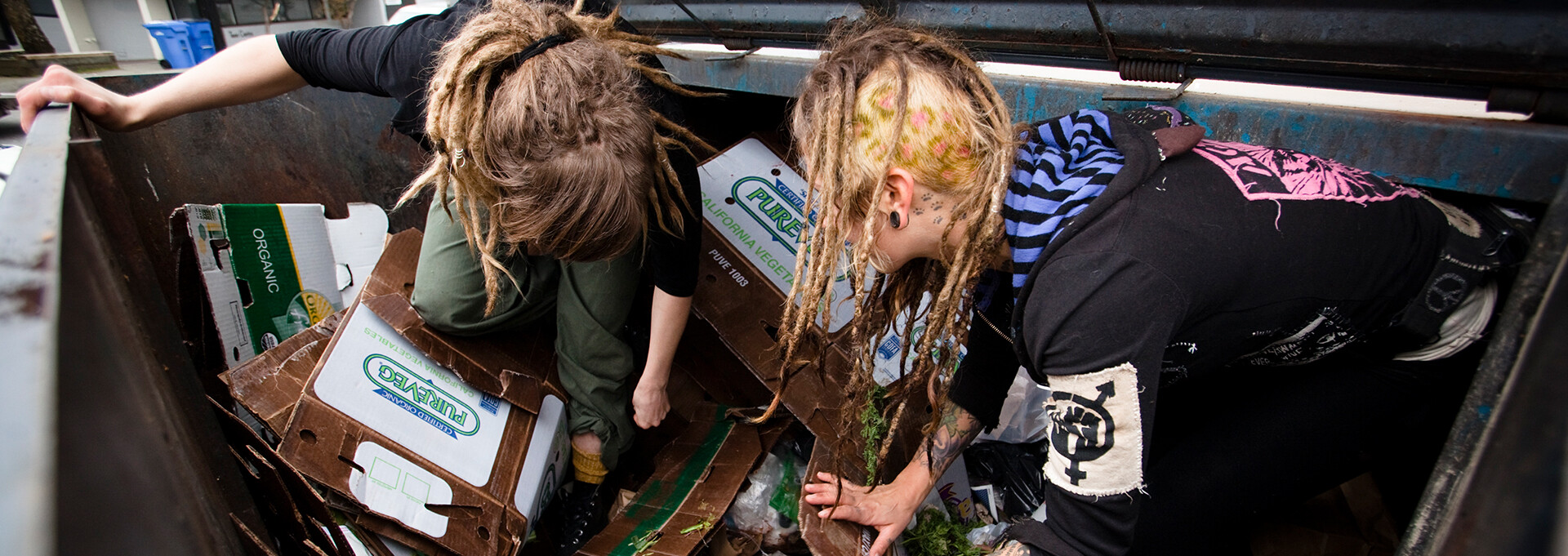
These people have money but prefer to dumpster dive for food that goes unsold and uneaten. They are called freegans, and they save food from waste. RT Documentary gets to the bottom of the freegan movement and its ideology.
“But the environmental issue is a big thing. I have a 12-year-old son, and I kind of feel bad about the world we’re leaving him.”
When the night falls in New York City, dozens of people rush onto the streets to rummage in garbage bins, searching for fresh food thrown away by stores and restaurants. Most of these people have a stable income but prefer to dumpster dive for food out of ideological reasons.
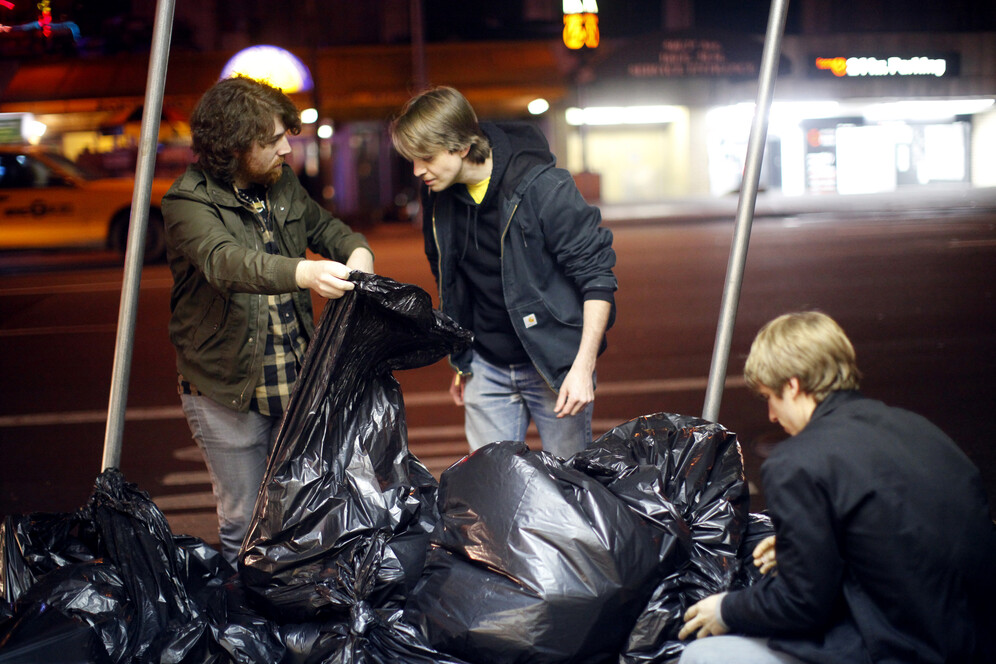
The history of freeganism
Freeganism originated in the US as an ideology of limited participation in the conventional capitalist economy and limited consumption. The word “freegan” is a mix of “free” and “vegan”. While vegans don’t buy animal products as an act of advocacy for animal rights, freegans prefer not to buy anything as an act of protest against the modern consumption system. The term was coined by Food Not Bombs – an anarchist group that uses food recovery to provide public meals. One of the group’s co-founders, Keith McHenry, was dumpster diving one night and found lots of cheese.
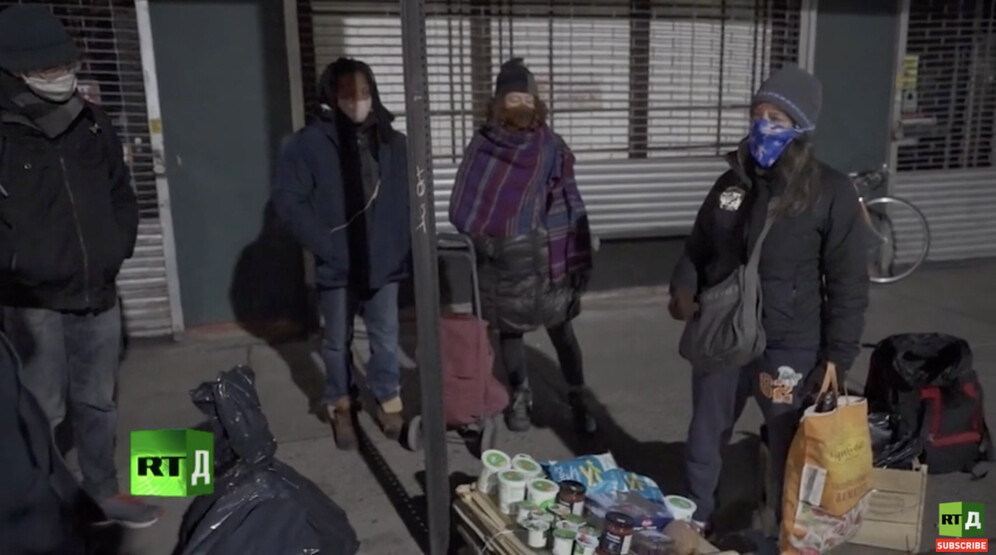
Early freegans are believed to have been members of the anti-globalisation and radical environmental movements. Through boycotting conventional consumption habits and advocating environmentally-friendly activities like recycling and conserving water, they intended to achieve an ambitious political goal: an “ultimate boycott” of “all the corporations, all the stores, all the pesticides, all the land and resources wasted, the capitalist system, the all-oppressive dollar, the wage slavery, the whole burrito” in favour of “living a full, satisfying life...while treading lightly on the earth”. In other words, the movement was anti-capitalist.
The first organised freegan group Freegan.Info was formed in New York City in 2003. According to the group’s website, “After years of trying to boycott products from unethical corporations responsible for human rights violations, environmental destruction, and animal abuse, many of us found that no matter what we bought, we ended up supporting something deplorable.”
Since 2005, Freegan.Info has organised regular public events for NYC communities, including bicycle workshops, wild food foraging missions, and “trash tours” – dumpster diving tours open to the public and the press.
Freeganism today
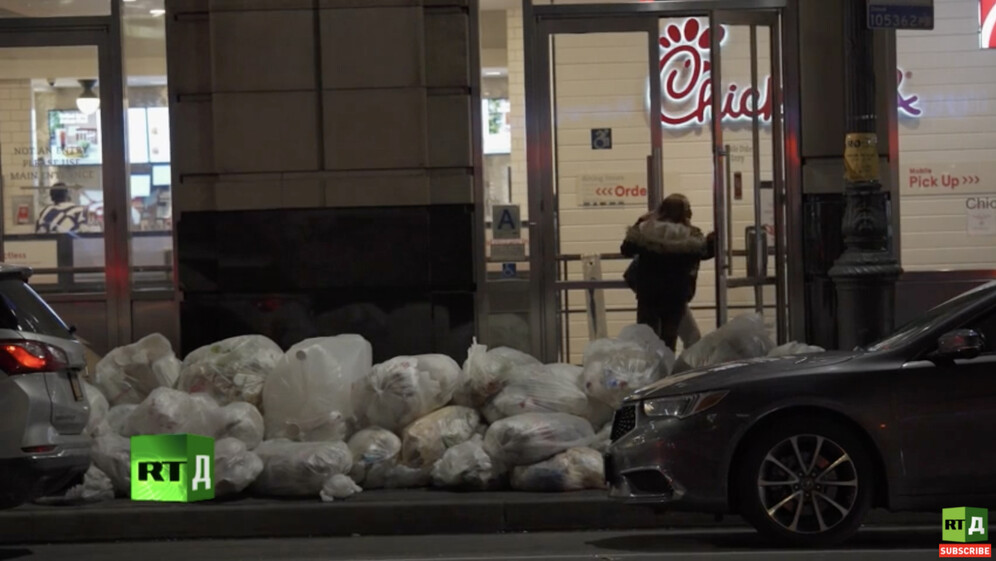
An astounding 100 million tons of food, between 30 and 40 per cent of the country’s food supply, is wasted in the US every year, most of it being fresh and perfectly edible. Apart from the mere waste of products that those in need could have consumed, the food waste problem engenders the worsening of the environmental issue.
Food waste is one of the significant sources of air pollution: about eight per cent of the world’s greenhouse gas emissions, which the developed world is so desperately trying to reduce, come from food waste.
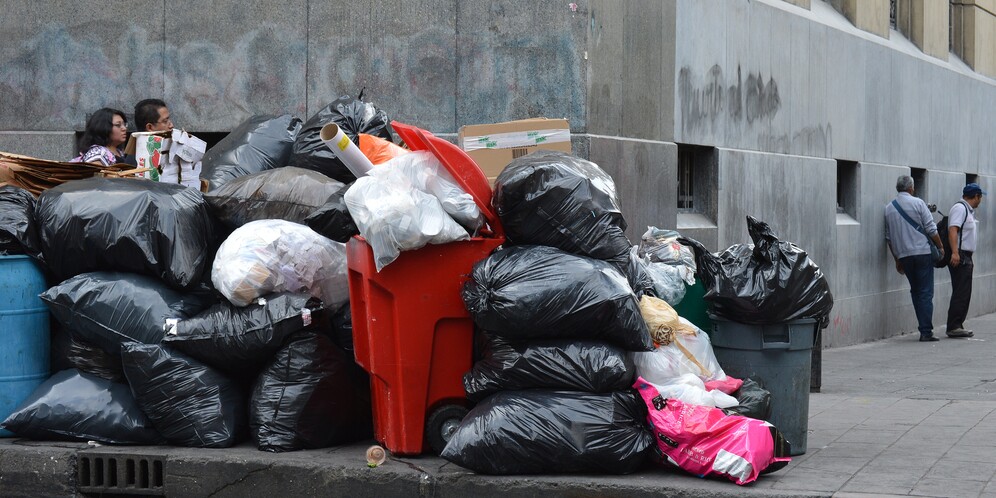
The reasons for such an enormous production of waste lie in the flaws of America’s food system.
When retailers and cafes don’t sell everything, the food invariably ends in bags on the sidewalks. As a result, fruit, pastry, bread, canned and other processed food goes to waste because the expiration date is looming, or the product doesn’t look perfect anymore.
“Stores in our country are abundantly stocked, and they don’t want to ever to run out of any product. So that people have this comfortable sense of having everything they could ever dream of,” says Janet Kalish, a freegan and retired schoolteacher. “And this is the by-product of that. We’re also wasting all of this good food. This is not yet expired, but they got a new shipment in, and this is best by March 21st, which is in 2 days. So, they probably got a whole lot more of this product, so they got rid of the older one.”
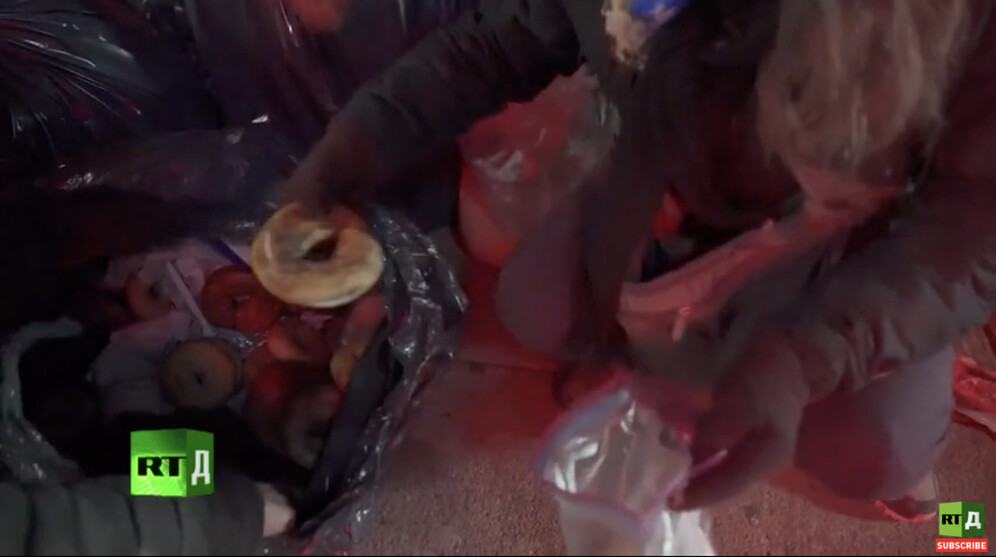
Contemplating the issue, Janet recalls having found around 50 intact, edible bagels in a pile of trash outside a Morton Williams supermarket in Midtown East. And there are countless other examples.
The is another side of the food waste issue – the social one. In NYC, the sheer volume of food uncovered in trash bags stands in contrast with over 16% of the city’s residents who are food insecure and don’t know where they’ll get their next meal from or whether they’ll be able to afford it.
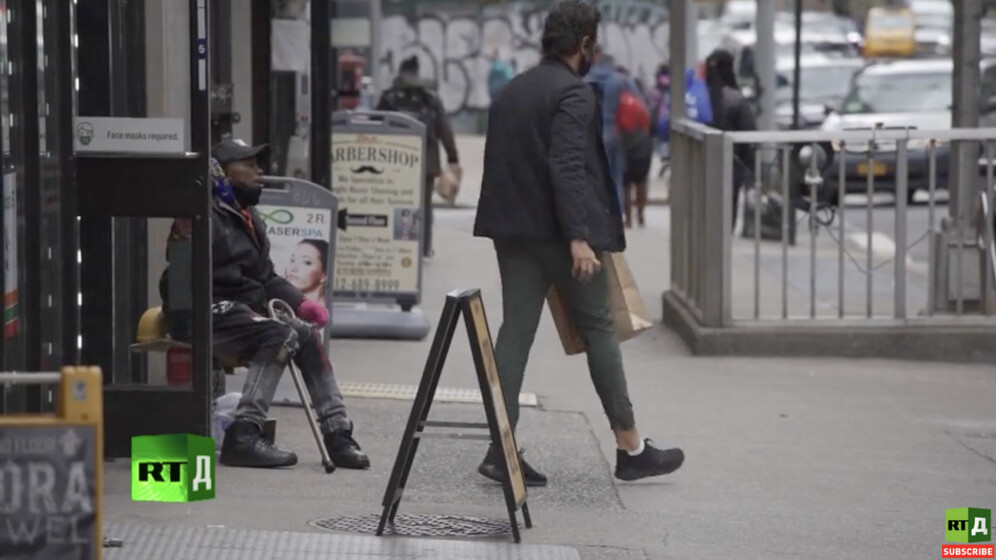
“It’s not even an issue that we should only be thinking of as happening in the Global South or somewhere in the third world,” says Joseph Schneider. This is an issue right here, in our backyards. When people think of cases of food inequities and hunger, they always think of something that they might on TV asking them to donate to feed children in Africa or what have you.”
Far from being radical political activists, they used to be in the 1990s, today’s freegans strive for more in an increasingly consumerist economy. Though confident that it’s not shameful to rummage through the trash in search of dinner, they don’t push anyone to dumpster dive. Instead, they try to convey to their communities the idea that America’s whole food supply system must be reformed to become more sustainable. But the first steps to improving the system should be made on a personal level.
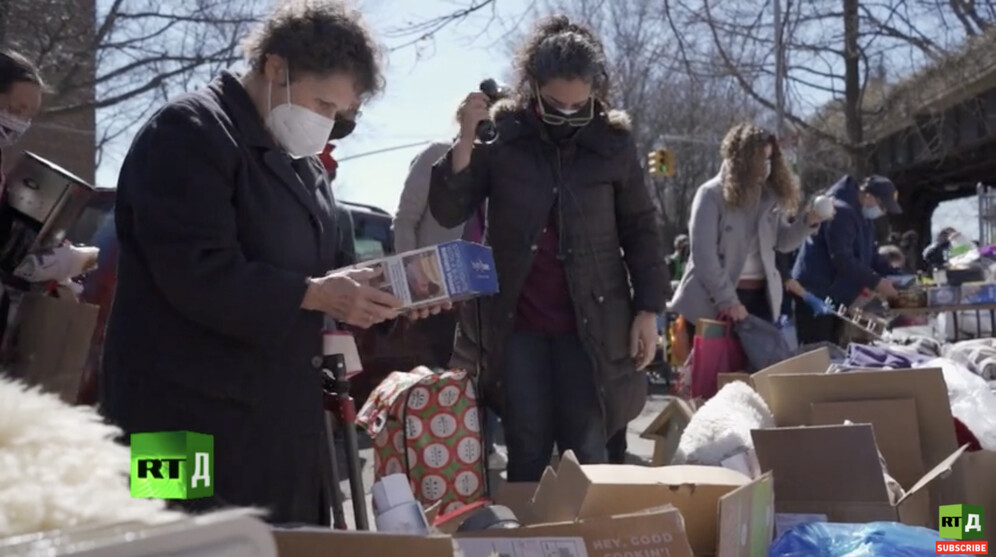
New York's freegans encourage businesses to donate food instead of throwing it away. They organise public meals in parks, set up community fridges in the streets and support nonprofits like City Harvest. The charity’s trucks circulate the city, picking up produce and perishables from supermarkets and restaurants and distributing them to those in need. They also campaign to restore the value of “ugly products” by encouraging grocery stores not to get rid of such products but sell them at a discounted price.
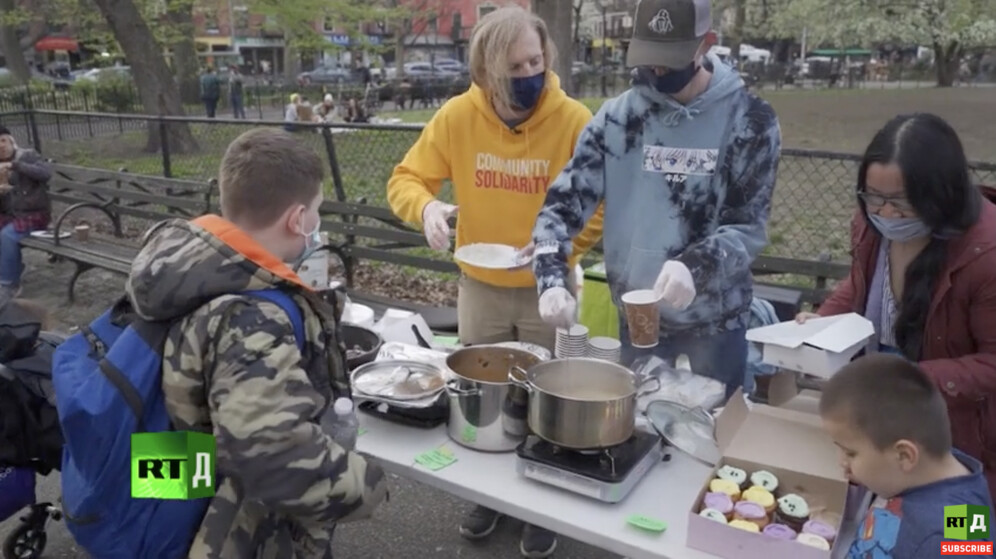
Eating for free, freegans also shop and entertain for free. By organising swap markets, where people can exchange things they no longer need, freegans promote the practice of freecycling. Freegan activists like Janet Kalish take the occasion of such events to educate communities on how much waste they produce and how to reduce this amount.
Praise and criticism
As any popular movement, freeganism has both its fans and its critics.
Alex Barnard, a sociologist, from the University of California, Berkley and the author of Freegans: Diving into the Wealth of Food Waste in America, maintains that though the freeganism movement didn’t propose any coherent vision of how to change the consumption system, it did raise awareness of food waste as an acute issue.
Barnard says today’s mild freeganism is winning popularity because people like the idea the revolution is something ordinary people create daily. So, in a sense, freeganism is an everyday revolution personally, which is believed to be the first step toward revolutionising the food system.
Meanwhile, the same Alex Barnard admits a more coherent strategy may make the movement effective in addressing the issue its supporters are concerned with.
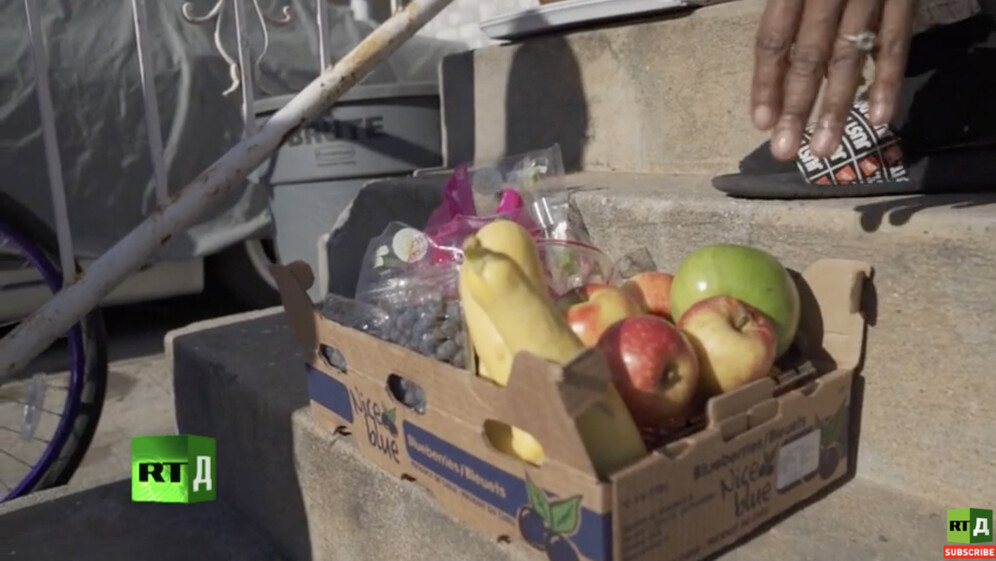
“Yes, it’s totally true that if you’re going to buy strawberries transported on a plane, you should not throw them out,” Barnard says. “But we should also be asking the question: Should we have strawberries that fly in a plane? And maybe that’s a stupid example, but the point is this: just because you eat something rather than wasting it, which is a good thing, doesn’t mean that suddenly all the other problems with its production disappear.”
Critics label freegan activities as possibly breaking hygiene rules and accuse them of being parasites and depending on the capitalist system they claim to be rejecting.
Nonetheless, freegans are not put off by criticism. On the contrary, they maintain their ultimate goal is not to trigger a political response but to educate people on eco-friendly consumption. So, they continue to defend their cause on personal and community levels.